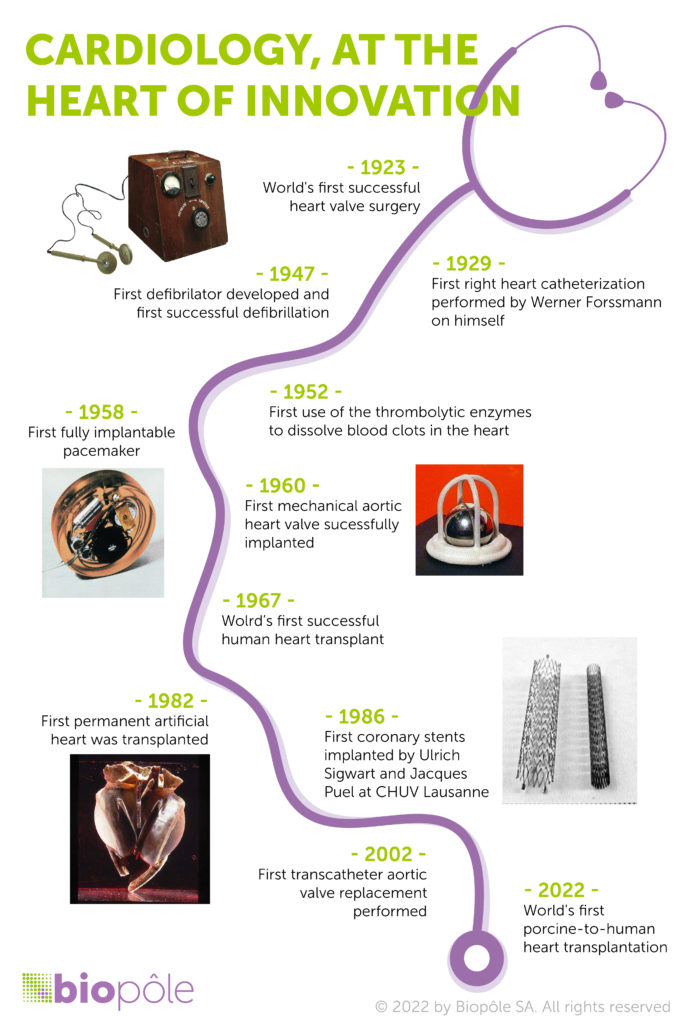The progress made in cardiology over the last century has been nothing short of astonishing. Inventions like defibrillators and pacemakers have transformed the lives of millions. Drugs to prevent and treat a range of cardiovascular conditions have become commonplace in the Western world. On the surgical front, history was made in 1967 when Christiaan Barnard performed the first successful heart transplant in Cape Town. For those of us watching, this achievement was on par with landing on the moon.
Yet, despite this plethora of innovative steps, cardiovascular diseases (CVDs) are the leading cause of death worldwide. The WHO estimates that 17.9 million people died from CVDs in 2019, accounting for almost a third of all global deaths. The biggest driver of CVDs is population ageing: the longer you live, the more time you have to develop heart disease. But data also suggests that heart attacks among young adults are on the rise. All of this means that cases of CVD are likely to go up rather than down in the coming years.
So what can we do to prevent CVDs? One important step is education. Although we can’t force people to eat healthily, exercise and give up smoking, we can alert them to the dangers of certain lifestyle choices. Education on how to help others could also save many lives, notably in the case of sudden cardiac arrests, which cause one fifth of all deaths in Europe with a survival rates of just 5–20%. When someone experiences one of these events, every minute counts – after just ten minutes, it’s already too late. Yet, due to a lack of awareness and training, many of us would be at a loss for how to help. Organisations such as the not-for-profit Arrhythmia Alliance strive to educate people about how to manage sudden cardiac deaths, which is an important step.

